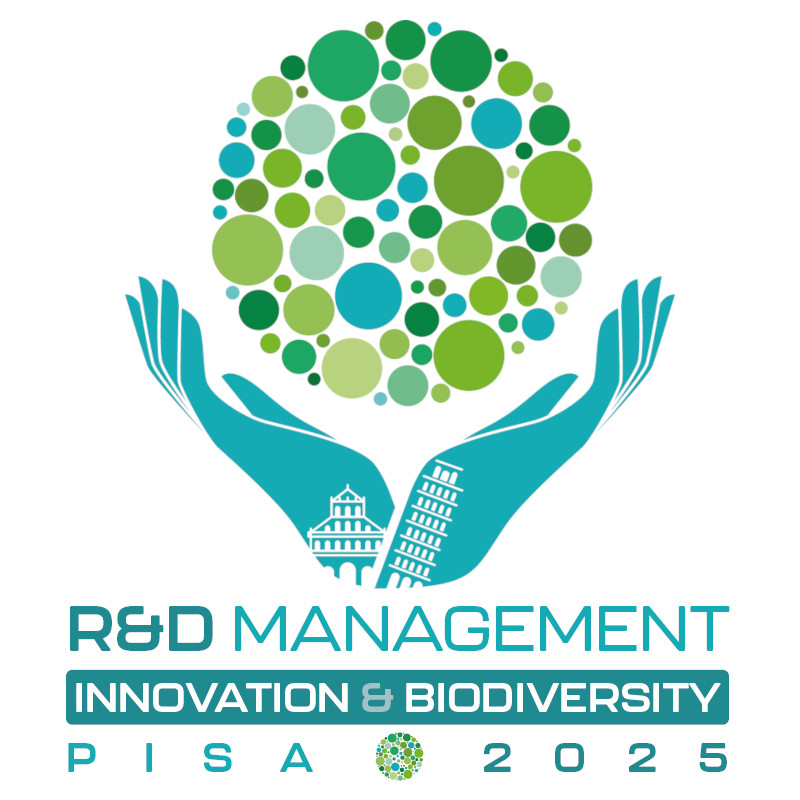It is our human spirit that should drive technology and change, not the other way around, says Mariano (Pitosh) Heyden, from Monash University, chair of track 7.5 of the R&D Management Conference 2025, talking about innovation leadership.
His track looks at the role of leadership throughout the organisation and its role in human-centric innovation.
Innovation leadership
He says: “I see leadership as a shared activity and leading for innovation is one of the most important topics for business, society, and policy today.
“These innovation leaders are spread out all through the organisation – they can be individuals and teams who envision a better future, devise solutions to get us there, and inspire others support these efforts.
“As part of this ongoing research program, we seek to find ways to identify, understand, and unify these leaders to drive innovation.”

Tackling the challenge of sustainability
“We have to realise that we are part of biodiversity, not only a beneficiary. Appreciating how we, as humans, can contribute to the wellbeing of the system, raises questions that we can address through innovation and creativity.”
Although he thinks that sustainability legislation can give a direction for innovation, Pitosh counsels caution.
“We certainly need to learn from the past and regulations are one way of codifying what we have learned from past mistakes. However, we have to be careful that they do not become blinkers or constraints for innovators.
“Oftentimes, regulations are reactive, backward-looking to prevent problems from the past to occur again. Innovation, however, is forward-looking into a world that does not exist yet.”
Track 7.5 Multi-Echelon Perspectives on Leadership for Innovation
While leadership and innovation are central to contemporary business and academic discourse, scholarship in this area has disproportionately focused on upper echelon leaders as drivers of different types of innovation.
This track proposes a more comprehensive examination of innovation leadership nexus beyond the executive suite, recognising the vital influence of other contributors across organisational cadres (e.g., middle managers, frontline supervisors, scientists, employees).
This multi-echelon approach is an important new vantage point from which to theorise the fuller complexities of various innovation activities (e.g., R&D, patenting, NPD, non-technological innovations) and an essential step if we are to tackle some of the most complex innovation grand challenges of our age, such as biodiversity.

R&D Management Conference 2025:
Innovation & Biodiversity
Institute of Management of Scuola Superiore Sant’Anna, Pisa
30 June – 2 July 2025
Track 7.5 Multi-Echelon Perspectives on Leadership for Innovation
Track chair: Mariano (Pitosh) Heyden, Monash University, Australia
Co-chairs:
Henk W. Volberda, University of Amsterdam, Netherlands
Ricarda B. Bouncken, University of Bayreuth, Germany
Sarosh Asad, University of Groningen, Netherlands

